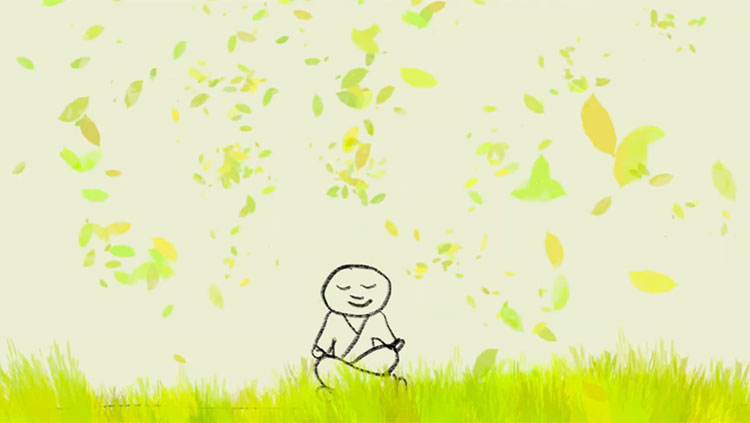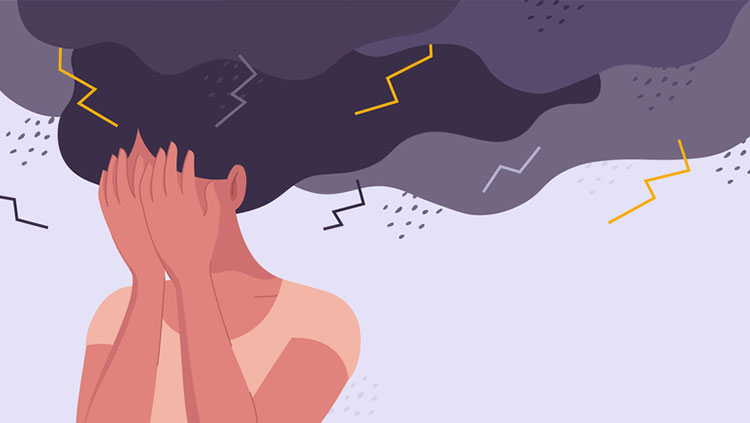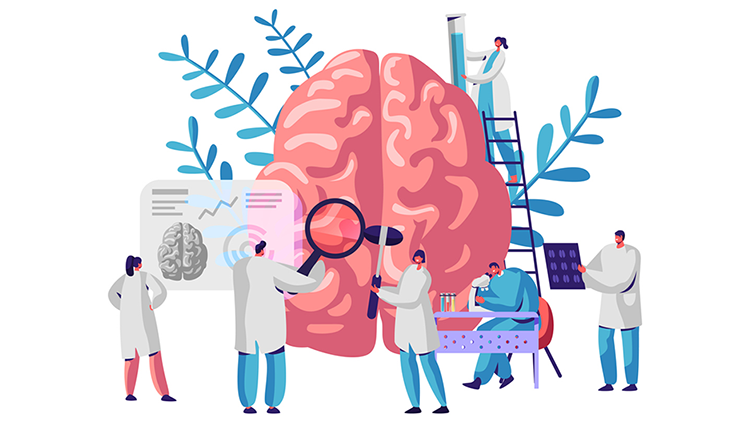Post-Traumatic Stress Disorder (PTSD) and the Brain
- Published28 Oct 2022
- Source BrainFacts/SfN
People who experience a traumatic event such as abuse, violence, or a natural disaster may develop post-traumatic stress disorder, or PTSD. In the brain, the stress of the trauma, combined with the memory of it, forms especially strong memories. People with PTSD may experience flashbacks, anxiety, and intense fear when something triggers those memories. Therapy can help people understand their triggers and how to manage the stress responses that come with it.
This is a video from the 2022 Brain Awareness Video Contest.
Created by Rachel Kim.
CONTENT PROVIDED BY
BrainFacts/SfN
Transcript
Post-traumatic stress disorder, also known as PTSD, occurs in people who have experienced one or more traumatic events.
These include, but are not limited to, childhood abuse, natural disasters or sexual violence. It is characterized by flashbacks, problems with concentration, and anxiety. PTSD forms in the brain as a combination of stress responses and memory formation.
For example, let’s say you are walking on the street, and see an aggressive dog running towards you. What is happening in your brain?
First the stimulus gets in the brain, signaling alertness and then sending it to other parts of the brain for processing. The hippocampus, a part of the limbic system, is where the new events’ memories are laid down. New sensory signals are transcribed in the cortex, and they are then transmitted to the hippocampus.
When we are faced with a threat just like the dog running towards you, that message is sent to the amygdala, a part of the limbic system responsible for fear and aggression, and it assesses the threat and sends a message to the brain stem to activate the stress response. This activates the HPA axis, the hypothalamic, pituitary, and adrenal system, which work together to communicate with adrenal glands to help regulate functions like heart rate, digestion, and respiration. These signals release stress hormones such as epinephrine and norepinephrine, which triggerphysical responses such as increasing heart rate. These two main concepts, memory and stress response, come together to form very strong memories.
So, if you go back to the scenario earlier, the memory of running away from the dog is now encoded in the brain negatively. PTSD is also an involuntary defense adaptation. Strong emotions can be triggered in a similar environment in order to prepare our body’s reactions.
For example, let’s say you are really thirsty and you need to find a safe water spring when you are hiking. If you succeeded and found the water spring, the certain landmarks you took are going to create good emotions. On the other hand, if you got lost and had to be chased by wild animals in the mountains, the landmarks you took are going to create negative emotions associated with that environment.
After traumatic events, the hippocampus does not function in the way it normally does. The size shrinks, leading it to memory-coding errors and processing errors. Traumatic memories have different characteristics than normal memories.
You have little control over the retrieval of these memories, which means they can come back involuntarily without warning. They are usually triggered by reminders in the environment. When they come back, they tend to be associated with all the same emotions and unpleasant physiological sensations that someone experienced at the time of the trauma.
People with PTSD experience major stress from non-harmful experiences due to maladaptive associations that are created between the traumatic events and day-to-day events.
Then our final question is, what is the solution? The answer is, participating actively in therapy. By that, patients have the opportunity to understand their triggers and how to manage their future stress.
In this video, we talked about how PTSD works in the brain, and how it affects an individual’s life.

















